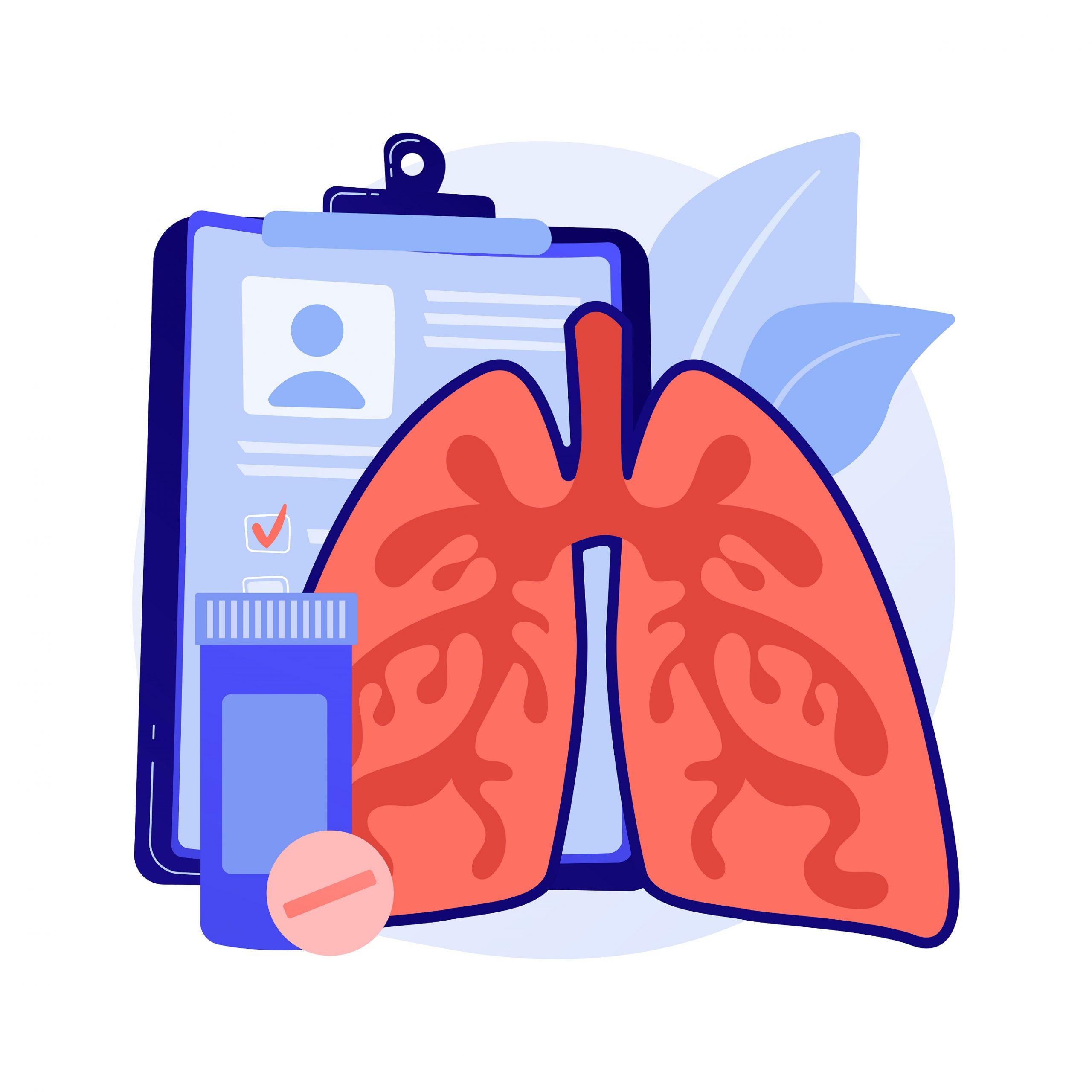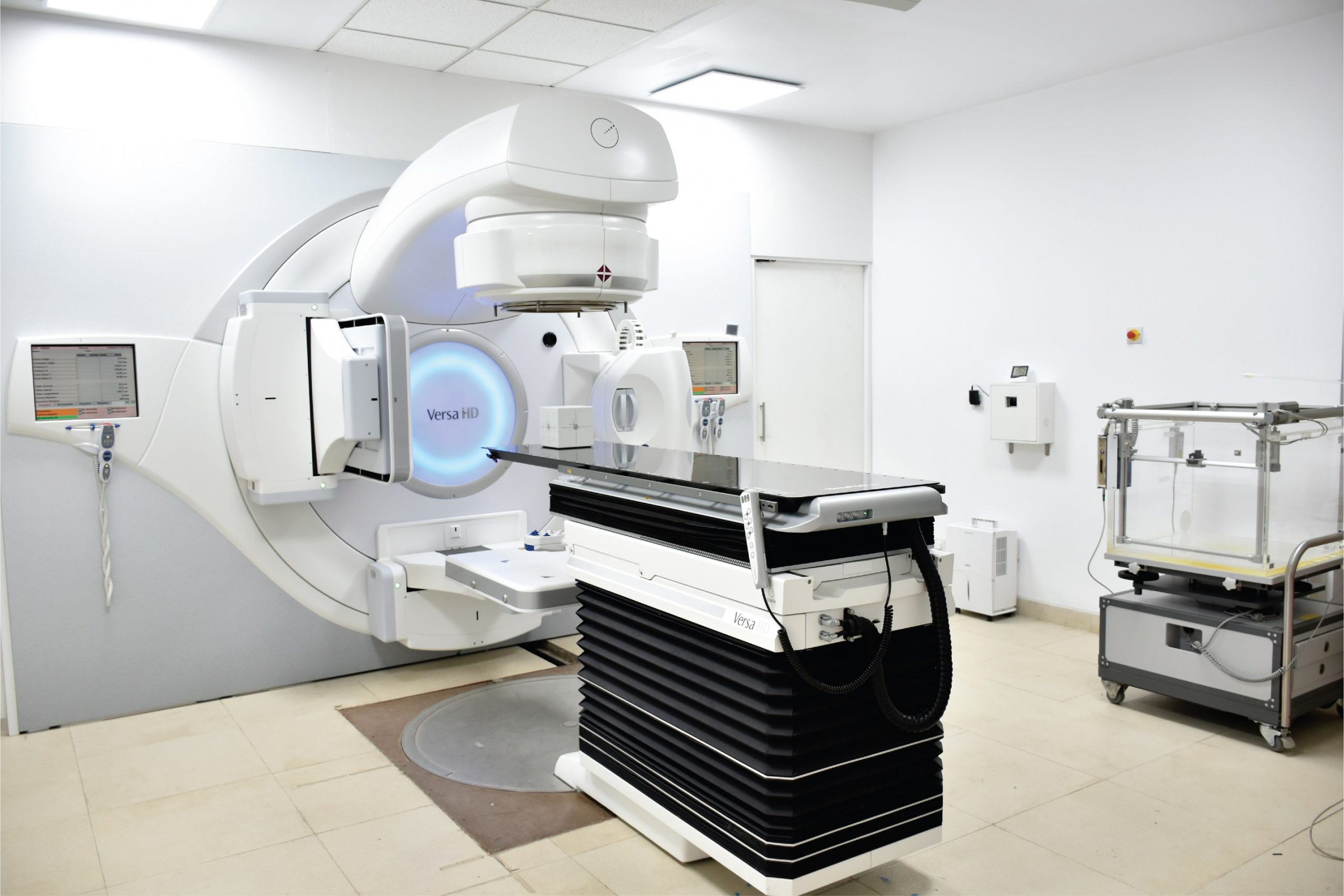Helping patients and speaking up for them is really important when dealing with cancer, especially in countries that may not have a lot of resources, good infrastructure, or fair opportunities for everyone. Here are a few reasons that show why patient advocacy is crucial when it comes to managing cancer in these situations:
1. Getting Information:
People who support patients (patient advocates) can help share important information. They tell patients and their families about how to prevent cancer, find it early, and what treatments and support services are available. In some poorer countries, not many people know about cancer and how to deal with it. That’s why it’s so important for advocates to spread the word and give out information.
2. Getting Through Healthcare Systems:
In some poorer countries, healthcare systems may be confusing, with not enough access to specialized care and lots of bureaucratic challenges. Patient advocates can help navigate these difficulties, making it easier for patients to get the right medical care, attend follow-up appointments, and use support services.
3. Dealing with Shame:
Some communities may feel ashamed about cancer. People who support patients (patient advocates) are important in talking about and lessening this shame. They encourage open conversations and create a supportive space for patients and their families.
4. Making Patients Stronger:
Patient advocacy helps patients take an active role in deciding how they want to be treated. In places where healthcare is more top-down or like a parent telling you what to do, patient advocacy helps people speak up about what they want. This makes sure patients get care that is all about them and what they need.
5. Getting Resources:
When people speak up for something (advocacy), it can help gather resources for preventing, checking, and treating cancer. By making more people aware and talking to decision-makers, those who support patients can ask for more money, better facilities, and healthcare professionals who know a lot.
6. Lessening Health Differences:
People who support patients (patient advocates) can help make sure everyone gets the same good care for cancer. They speak up for equal access to quality healthcare, no matter how much money someone has, where they’re from, or their background. This is really important for making sure everyone has a fair chance at good health.
7. Spreading the Word:
When people speak up for something (advocacy), it helps others learn more about cancer, what can make it happen, and why finding it early is crucial. This can make everyone more proactive about taking care of their health and can improve how cancer is dealt with.
To sum up, helping and speaking up for patients is really important when dealing with cancer in poorer countries. It does many things like making more people aware, improving access to care, support systems, and decisions made by leaders. All of this together makes things better for people dealing with cancer.
Author:
Dr. Arman Reza Chowdhury
Consultant, Radiation Oncology











